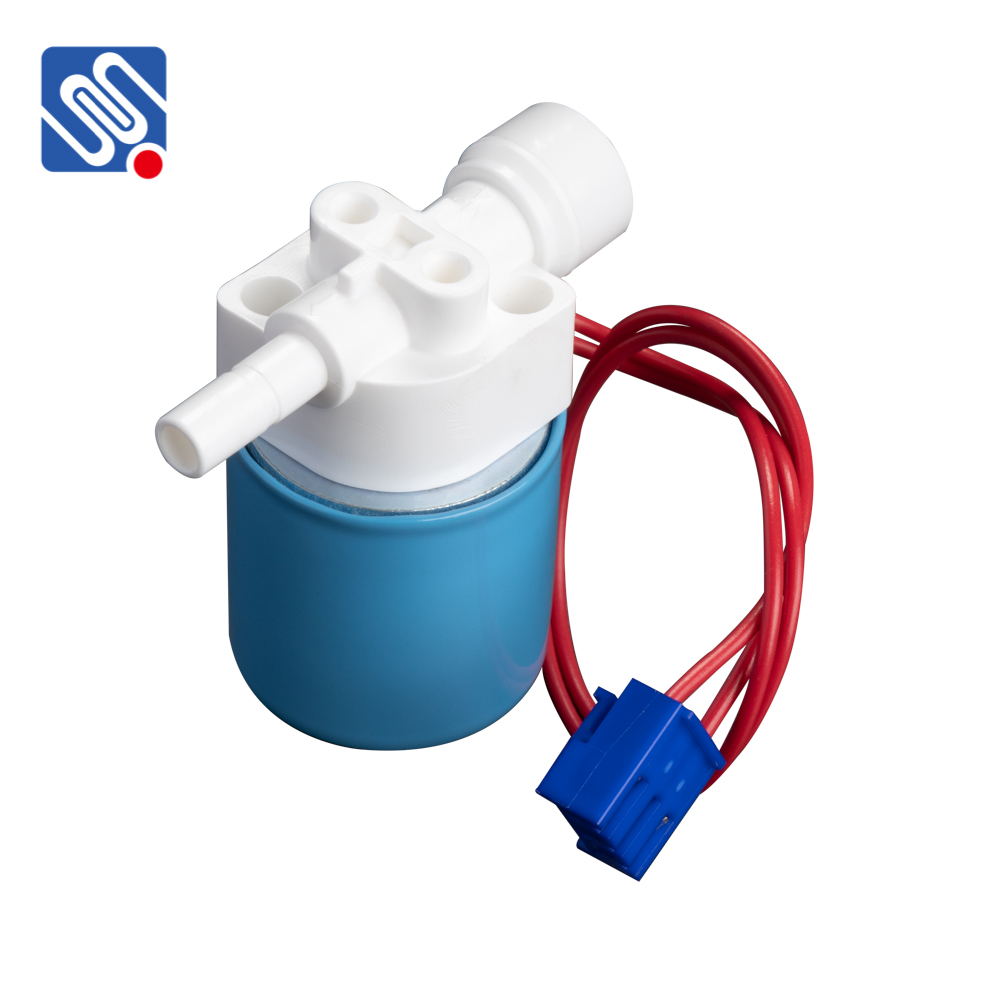A Reverse Osmosis (RO) system is a highly effective water purification method that removes a wide range of contaminants from water, making it safe for consumption. One of the critical components of an RO system is the RO solenoid valve, which plays a vital role in regulating water flow throughout the system. This article explores the function, application, and maintenance of the RO solenoid valve, shedding light on its importance in the overall performance of RO water treatment systems.

What is an RO Solenoid Valve? An RO solenoid valve is an electrically controlled valve used in reverse osmosis systems to control the flow of water. The solenoid valve operates by using an electromagnetic coil to open or close the valve, allowing water to pass through or stopping the flow when necessary. These valves are typically used to manage the inflow of water into the RO membrane, the drain of wastewater, and the regulation of pressure and flow in different sections of the system.
How Does an RO Solenoid Valve Work? The primary mechanism of an RO solenoid valve is its electromagnetic coil. When an electrical current is passed through the coil, it creates a magnetic field that pulls a plunger inside the valve. This plunger either opens or closes the valve, depending on whether the solenoid valve is designed to allow water to flow (normally closed) or stop the water (normally open). The valve’s operation can be controlled either automatically through sensors (e.g., water level sensors) or manually.